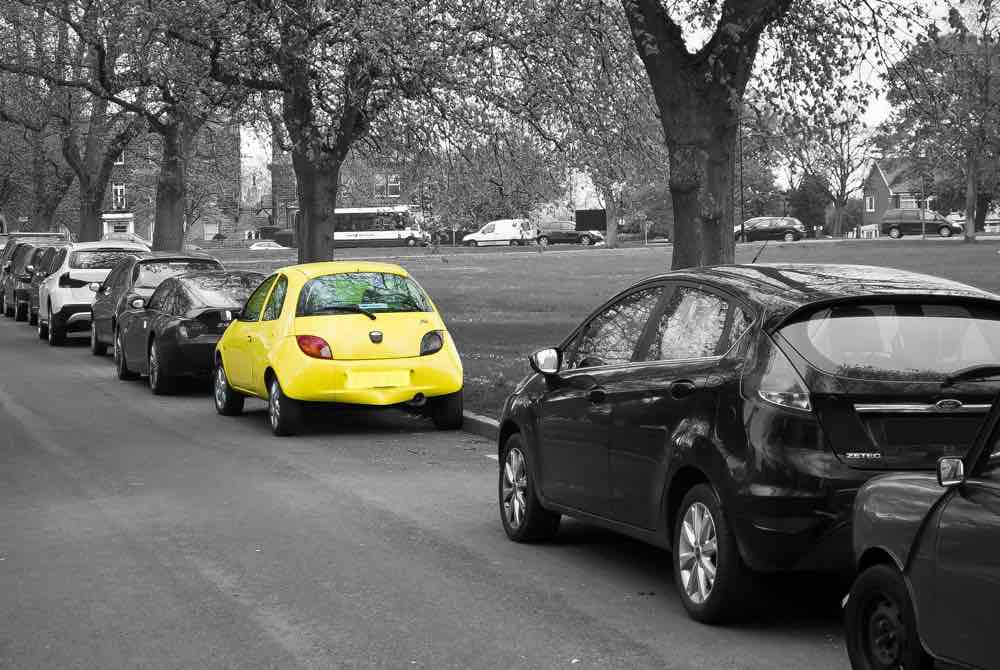How to Maintain a Car That Is Not Regularly Driven
- Battery and Brakes: Start the car weekly for 10-15 minutes to charge the battery and prevent brake disc corrosion.
- Legal Requirements: Keep tax, insurance, and MOT updated, except for SORNed vehicles.
- Storage and Fuel: Store in a safe place and fill the tank to prevent condensation; use a fuel stabiliser.
- Pre-Drive Checks: Before driving, check fluid levels, lights, tyre tread and pressure, and test brakes.

Letting a car sit undriven for weeks on end may result in a variety of issues developing. Whether you’re SORNing a vehicle, going on a long holiday or cruise, or cannot drive your car because of other situations beyond your control, it’s crucial that you still tend to its maintenance to ensure it stays roadworthy.
In this article, we outline some tips for how to maintain an unused car to ensure you don’t run into any problems on its first drive after a period of inactivity.
Car Maintenance Tips for Unused Vehicles
The question of how long should a car be left unused depends entirely on the type and age of car, along with how well you maintain it while it’s parked up. Generally, after a fortnight of non-use and beyond, car owners should be performing basic car maintenance checks on a regular basis. Cars are meant to be driven, and so its imperative that you keep everything ticking over to the best of your ability.
Here are some things to watch out for while your car is out of action:
- Maintain your battery: One component that can suffer from non-use is a car battery. Start up your car once a week, if possible, leaving it running for 10-15 minutes to ensure the battery charges up and stays in the best possible condition. You could also take this opportunity to run the air-con, too. When leaving a car running in a garage, remember to open the garage door for ventilation purposes.
- Prevent brake disc corrosion: When unused, brake discs may begin to rust or corrode. This can result in the brakes seizing up on the next drive, which will require professional attention. If safe to do so, gently roll your car back and forth in its parking spot, with the engine running, to keep the brakes healthy and prevent rust build-up. You could combine this with your weekly start-up of the engine, as mentioned above.
- Don’t forget about tax, MOTs and insurance: If you’re not on the roads, it’s all too easy to forget the essentials of car upkeep. This includes ensuring that your tax, insurance and MOTs are all up-to-date and legally compliant. The only exception is if you have made a SORN (Statutory Off-Road Notification), in which case you cannot drive your car under any circumstances.
- Location, location, location: If possible, keep your car clean and safe from falling debris by parking it inside a garage, in storage, or use a car cover. Avoid parking under any trees.
- Fill up: Treat your car to a full tank before a long spell of non-use. This will prevent condensation build-up in your fuel tank. You may also want to consider adding a fuel stabiliser to prevent degradation of fuel. It’s also wise to top up all fluids in the car before leaving it dormant, such as oil, coolant, or wiper fluid.
- Inflate the tyres: Car tyres that have been sitting for long stretches of time may slowly begin to deflate. If you have noticed your tyres have started to deflate, you can inflate them yourselves with the correct equipment.
What car checks should I make before returning to the road?
Even if you have been keeping up with car maintenance, there are still some checks worth making before driving your vehicle on the roads after a long period of inactivity. This is to ensure the health and safety of your car, yourself, and other road users.
Before starting up your car, it’s worth doing the following:
- Check all fluid levels and top up if needed
- Check all lights are working – you may need someone to stand outside the car to assist with this
- Check that all tyres have the minimum legal tread depth of 1.6mm – you can use a 20p piece for this. The outer band of the coin should be completely obscured, and if not, this is illegal. If you have the right equipment, you may also wish to check the tyre pressure.
- Check for tyre defects, bumps or punctures
- Test your brakes in a safe, controlled environment before venturing onto the roads
- Ensure your tax, insurance and MOT documents are in date
- Quickly lift up the bonnet to ensure nothing is nesting
Remember: If you’re concerned about the health and safety of any aspect of your vehicle, consult with a professional at the earliest opportunity.
Here at Mr Tyre, we’re open for business under all circumstances. Since 1971, we’ve been an independent chain of autocentres for Central England and beyond. From our 34+ branches we carry out a range of car maintenance services; brakes, exhausts, cambelts, along with a dedicated tyre supply and fitting service. To discover how we can keep your vehicle roadworthy, please contact our team today.

